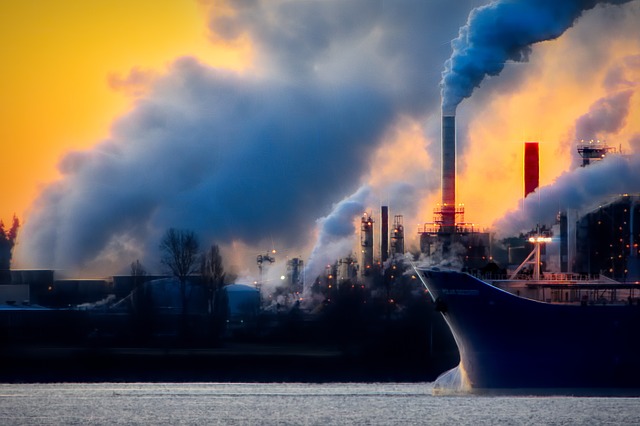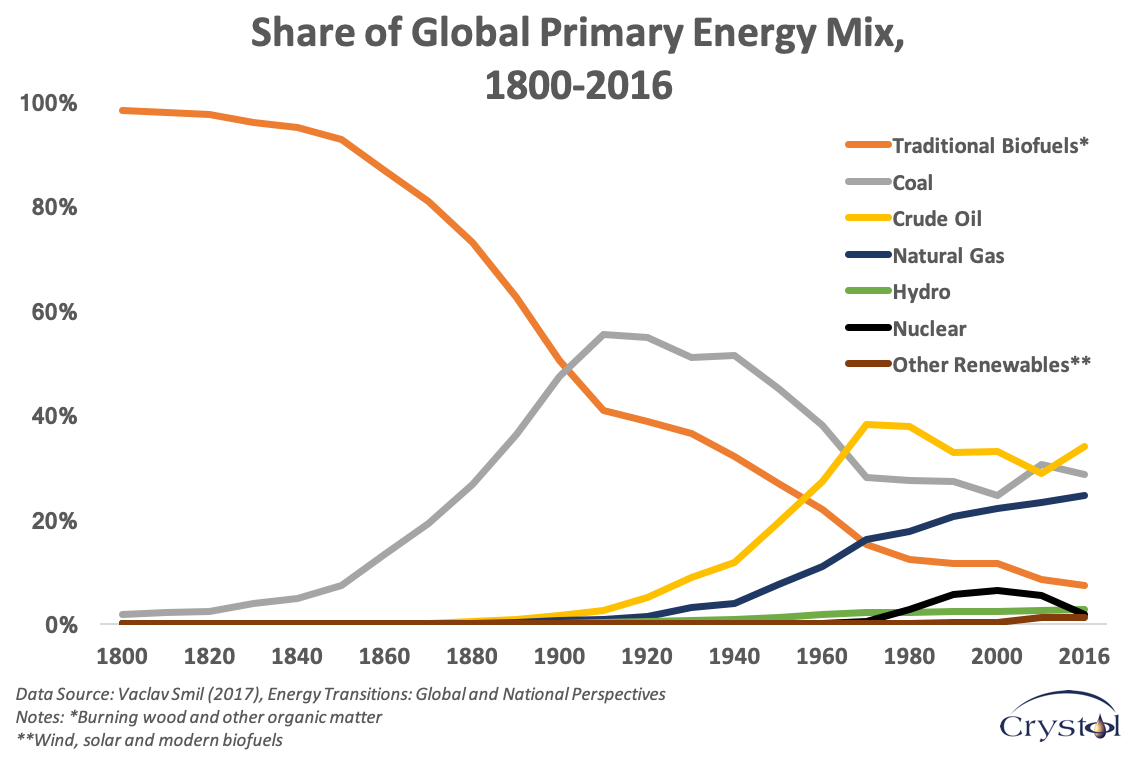Dr Carole Nakhle
The ‘Energy Transition: Aspiration and Reality’, written by Dr Carole Nakhle, CEO of Crystol Energy, is part of the Energy in Transition: MENAT’s Transformation report, published by the Gulf Intelligence in partnership with HSBC Middle East, North Africa and Turkey.
The topic of energy transition has caused an explosion of interest in recent years. It is the concept of a greener future through renewable forms of energy, such as biofuels, solar, wind, nuclear and hydropower. The Intergovernmental Panel on Climate Change (IPCC) said emissions from industrial processes and fossil fuels such as coal, oil and natural gas were responsible for an estimated 78% increase in total greenhouse gas emissions from 1970 to 2010. There are lofty ambitions within the energy transition towards renewables – and it comes with unique challenges and considerations.

Firstly, there is an equally important transition taking place which is often overlooked. Traditionally, one fuel has dominated the world’s energy mix until another fuel has taken over. Coal, for example, replaced traditional biofuels and fuelled the first Industrial Revolution. More than half a century later, oil became king. Since the first oil shock in the early 1970s, its dominance has been gradually eroded as the share of natural gas has expanded. More recently, renewable energy has made its presence more notable. The main shift now is that over the next few decades, the world is moving into a more diversified energy landscape where no single fuel is dominant for the first time in history.
Secondly, energy transitions take time to fully develop. It can take several decades to get the right infrastructure in place, change behaviors, develop policies and regulations. Plus, the relative price signal of different energy sources should be right in order to enable the switch from one energy source to another.
Third, a joint report by the International Energy Agency (IEA) and the International Renewable Energy Agency (IRENA) in 2017 shows that the energy transition towards a greener future is consistent with limiting the rise in global temperature to well below two degrees Celsius. The report explores various low carbon technologies that do not necessarily exclude fossil fuels. In this respect, the effort that oil and gas companies are making in reducing the environmental impact of their activities and products – all while remaining competitive – should not be underestimated. Manufacturers of conventional internal combustion engines are placing equal emphasis on making their cars more environmentally friendly. Advances in such areas will surely improve on current carbon emission levels. But at the same time, they will also delay the progress of green energy dominance.
Finally, for some countries, the energy transition, as per the current understanding, may simply backfire. This is particularly the case for petroleum- dependent economies, including the Gulf countries. Investments in alternative sources of energy still have a very long payback period and will continue to require strong government support for the foreseeable future. The problem here is that financial investment has to be funded by oil and gas revenues in petroleum-dependent economies with a dominant public sector. Even when money does come from private investment, it is typically triggered by explicit or implicit government backing. The result is a vicious cycle – to sustain a clean energy transition requires more, not less, hydrocarbon investment and production for as long as clean energy is not cost competitive. To facilitate the energy transition in such economies, economic diversification should therefore be the primary goal of governments before committing to ambitious clean energy plans.
Related Analysis
“Economic and Energy Aspirations of the Middle East”, Dr Carole Nakhle, Oct 2018
“The Power of Markets in Driving the Energy Transition”, Dr Carole Nakhle, Sep 2018









